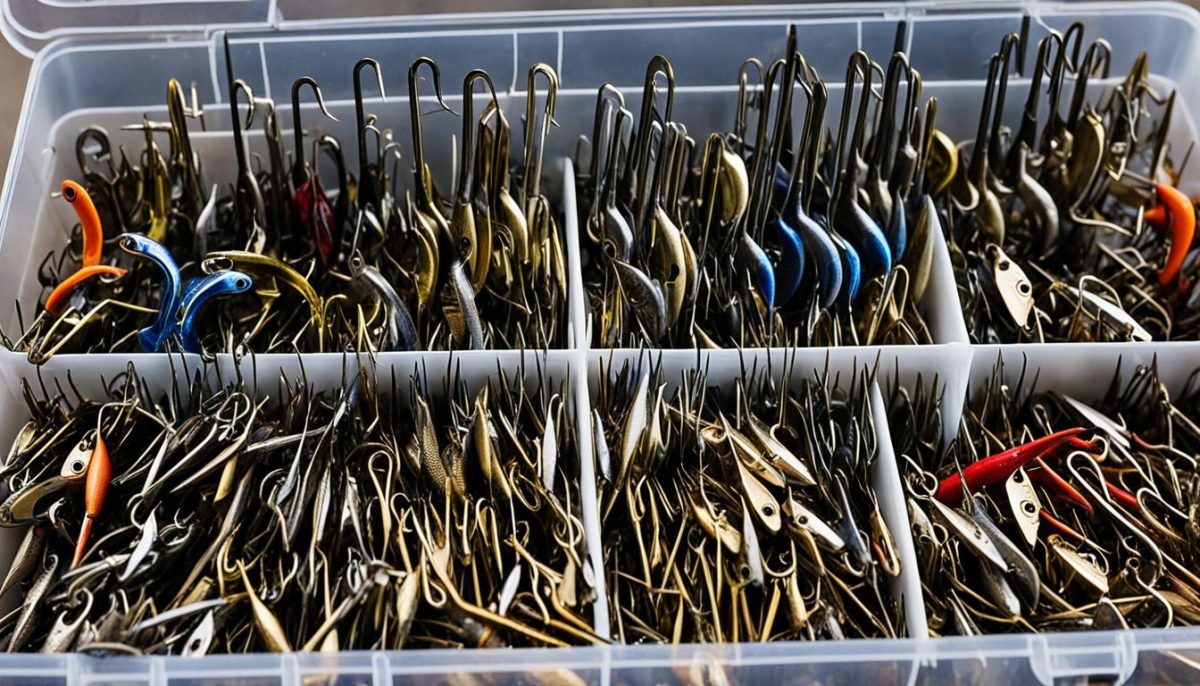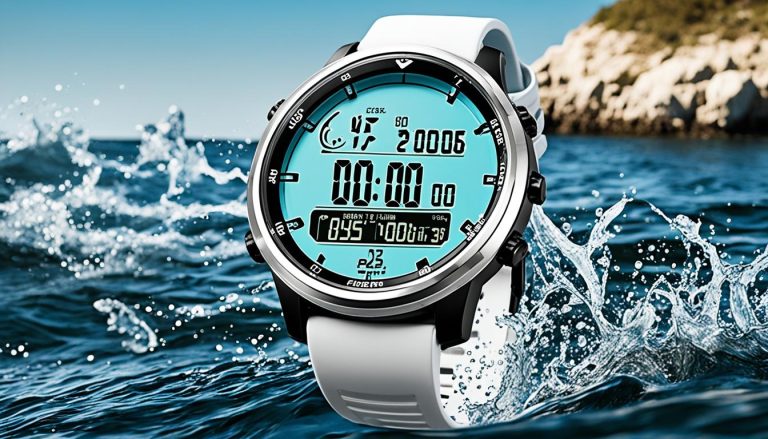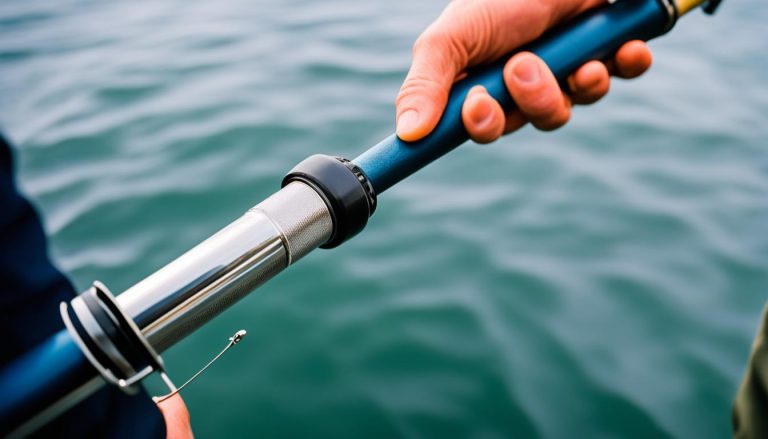Welcome to our ultimate guide on choosing the right size hook for trout! Trout fishing is a popular and rewarding activity that requires careful consideration of various factors. One crucial aspect of trout fishing is selecting the appropriate hook size, as it can greatly impact your chances of success.
In this guide, we will provide expert tips and insights to help you determine the perfect hook size for trout. Whether you are a beginner or an experienced angler, our comprehensive information will enable you to make informed decisions and enhance your angling experience.
From understanding the different hook sizes available for trout fishing to considering various factors when choosing hook sizes, we have got you covered. We will also recommend the best hook sizes for different trout fishing scenarios, ensuring you are well-equipped for any fishing adventure.
So, if you want to improve your chances of catching more trout effortlessly, read on and discover everything you need to know about choosing the right size hook for trout!
Understanding Different Hook Sizes for Trout Fishing
When it comes to trout fishing, selecting the right hook size is crucial for a successful and enjoyable fishing experience. The size of the hook directly affects your chances of hooking and landing trout. In this section, we will guide you through the different hook sizes available for trout fishing, providing you with the knowledge to make informed decisions and optimize your angling tactics.
Hook sizes for trout fishing are typically denoted numerically, with larger numbers indicating smaller hooks and vice versa. It’s important to understand the nuances of hook sizes to choose the optimal size for targeting trout effectively.
To begin, let’s explore the range of hook sizes commonly used for trout fishing:
- Size 14: Considered small and suitable for trout fishing in streams or rivers.
- Size 12: Slightly larger hooks that work well for both streams and lakes.
- Size 10: Popular choice for general trout fishing in various environments.
- Size 8: Larger hooks typically used for targeting bigger trout in lakes or when fishing with larger baits.
- Size 6: Heavy-duty hooks that can handle larger baits and are ideal for targeting larger trout species.
Now that you have a general understanding of the range of hook sizes available, let’s discuss how to determine the appropriate size based on your fishing preferences.
The key factors to consider when selecting the right hook size for trout fishing include:
- The size of the trout species you are targeting
- The type of bait or lure you will be using
- The fishing technique you prefer
- The water conditions and depth you will be fishing in
These factors can influence the size of the hook needed to effectively hook and land trout. For example, if you are targeting smaller trout species or using delicate baits, opting for a smaller hook size would be more appropriate. On the other hand, if you are targeting larger trout or using larger baits, a larger hook size may be necessary to accommodate the fish’s mouth.
By considering these factors, you can adapt your hook size to specific trout fishing scenarios and increase your chances of success on the water.

Factors to Consider When Choosing Hook Sizes for Trout
When it comes to trout fishing, selecting the right hook size is crucial for a successful angling experience. Several factors should be taken into consideration to ensure that you choose the optimal hook size for your trout fishing endeavors. Let’s explore these factors in detail:
1. Trout Species
Different trout species may require different hook sizes due to variations in their mouth size and feeding habits. For instance, brook trout and brown trout typically have smaller mouths compared to rainbow trout. Therefore, using smaller hook sizes, such as #8 to #12, may be more effective when targeting these species. On the other hand, larger hook sizes, such as #4 to #6, might be suitable for catching larger rainbow trout.
2. Bait Presentation
The type of bait you use for trout fishing can also influence the choice of hook size. When using smaller baits, such as worms or small insects, it is essential to match the hook size to the bait’s size. This ensures proper presentation and increases the chances of trout taking the bait. For larger baits, such as artificial lures or salmon eggs, using hooks with a size range of #4 to #8 may be more appropriate.
3. Water Conditions
The clarity and flow of the water can impact the visibility of your hook and bait. In clear water, trout are more likely to scrutinize the presentation, requiring a more subtle approach. In such cases, using smaller hook sizes, from #8 to #12, can appear more natural and increase your chances of attracting trout. On the other hand, in murky or turbulent water, using larger hook sizes, from #4 to #6, can increase your hook-up rate by making the presentation more visible.
4. Fishing Techniques
Your fishing technique also plays a role in determining the ideal hook size. Fly fishing, for example, often requires the use of smaller hook sizes, typically ranging from #10 to #16, to imitate the smaller insects that trout feed on. Conversely, if you prefer bait fishing or trolling with larger baits, using hook sizes from #4 to #8 can be more effective.
Selecting the right hook size for trout fishing is a combination of these factors. By considering the trout species, bait presentation, water conditions, and fishing techniques, you can make informed decisions that enhance your chances of landing that prized trout. Experimentation and adjusting your hook size based on the prevailing conditions will help you develop a more successful fishing strategy.

Best Hook Sizes for Different Trout Fishing Scenarios
When it comes to trout fishing, using the right hook size can make all the difference in your success on the water. Different trout fishing scenarios require different hook sizes to ensure a solid hookset and secure your catch. Here are our recommendations for the best hook sizes to use in various trout fishing scenarios.
If you’re targeting brook trout in streams, using smaller hook sizes such as 8 to 12 would be ideal. These smaller hooks are less likely to spook the trout and can be easily concealed with natural baits like worms or small insects. Additionally, using smaller hooks allows for better presentation in the fast-moving currents of streams.
On the other hand, if you’re fishing for rainbow trout in lakes, larger hook sizes ranging from 6 to 10 would be more appropriate. Rainbow trout tend to be larger and more aggressive, requiring larger hooks to ensure a secure hookset. When using bait, such as PowerBait or salmon eggs, a larger hook will allow for a better grip and increase your chances of landing these feisty fish.
For trout fishing techniques like fly fishing, it’s essential to match the hook size to the size of the fly you’re using. Typically, smaller hooks in the range of 12 to 18 are suitable for most trout fly patterns. However, it’s always a good idea to carry a variety of hook sizes to adapt to changing conditions and trout preferences.




